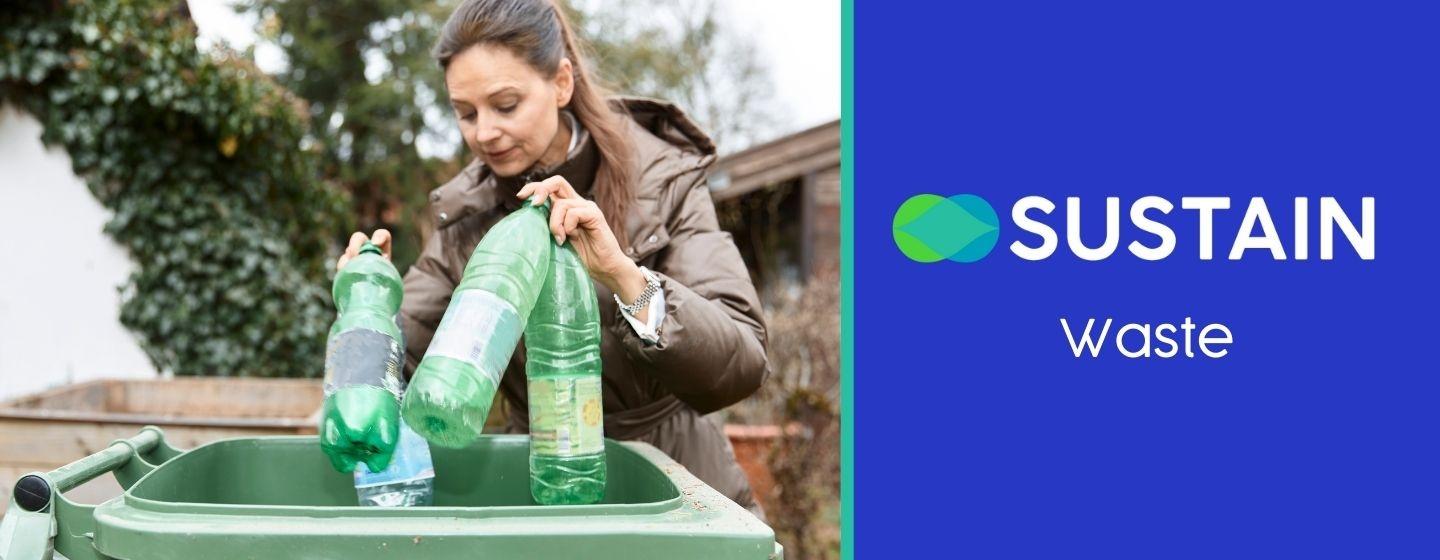Waste



For many of us, once we throw our trash away, we never think about it again. However, whether we want to acknowledge it or not, our waste does not just magically disappear; it has to go somewhere.
In Florida, waste goes to one of three places; a landfill, a recycling facility, or a waste combustion facility. In south Florida, 8% of waste is combusted, while 50% goes to landfills. Annually that's 26.4 tons. 42% of waste is recycled; however, only 10% of the recycled waste is actually repurposed into usable materials. The rest ends up in landfills.
Today, in Florida, there are about 40 class-field landfills. This is where our trash goes. Because Florida land is so close to sea level, the landfills are not holes in the ground but massive controlled piles.
Landfills are the top contributors to man-made methane and CO2. But, by composting as much as possible and recycling correctly, we can reduce the amount of trash that is reaching landfills and the amount of waste that is being produced by our waste.
Methane is a greenhouse gas with 84 times the impact of carbon dioxide. As food decays in our landfills, it produces a dangerous pollution of methane that is emitted into our air. This pollution has disastrous impacts on our planet.
If you would like to get started with recycling and learn how to do it the correct way, the City of Tampa has created an app that will teach you tips, tricks, and important dates to be aware of. You can learn more about the app and download it here.
Did you learn something new? Please take a moment to answer this short survey.